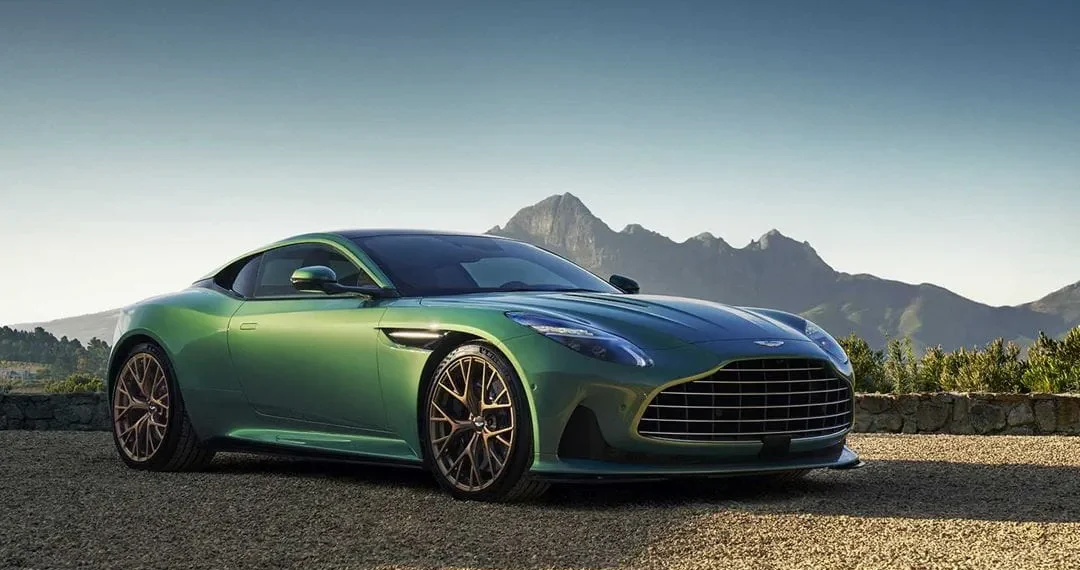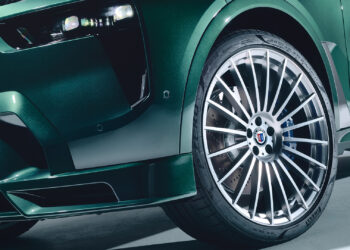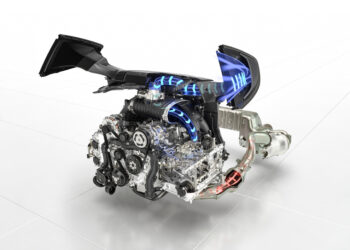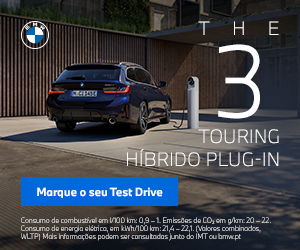Adrian Hallmark has wasted no time in shaping the future of Aston Martin. Just five months into his tenure as CEO, the former Bentley boss is outlining a bold vision for the legendary British marque—one that embraces driving purity, expands personalization, and fine-tunes Aston’s position in the ultra-luxury segment.
From manual-transmission sports cars to a refined hybrid strategy, Hallmark is determined to elevate Aston Martin’s business model, drawing inspiration from Porsche’s multi-variant approach while keeping the brand’s distinct identity intact.
A Manual Vantage? Hallmark Hints at the Return of Row-Your-Own Gears
For enthusiasts mourning the slow death of manual transmissions, Hallmark just gave them a reason to hope.
Speaking at a New York roundtable, he made it clear that Aston Martin needs to double down on pure, driver-focused sports cars—and that means bringing back a manual gearbox.
“We need a manual,” Hallmark declared. “We have one, but for that [gesturing to a nearby Vantage], it needs to be different. But watch this space.”
Currently, the only Aston Martin with a manual gearbox is the limited-run Valour and Valiant, both of which use a six-speed manual. The last production Aston with a stick was the 2019 Vantage AMR, but only 200 units were built.
With Porsche’s 911 GT3 and S/T proving there’s still a high-end market for three-pedal driving, Hallmark’s comments hint at a manual comeback—potentially for the next-generation Vantage.
Beyond Paint and Trim: A Future Packed with High-Performance Variants
Hallmark doesn’t want Aston Martin’s expansion to rely on shallow “special editions” with nothing more than new color schemes.
“For the lighter touch ones, it will take 1 to 1.5 years,” he said. “There’s a couple of things we’ve been able to do quickly, but they are more decorative than substantive.”
Instead, his focus is on serious mechanical upgrades—think different suspension tunes, more power, and even bringing an existing racing car back to the road.
Hallmark’s approach mirrors Porsche’s strategy, where each nameplate spawns multiple performance variants, from Touring models to track-focused monsters.
Key takeaways from Hallmark’s plan:
✅ High-performance derivatives across the DB12, Vantage, and Vanquish
✅ A more luxury-oriented DBX variant—but not a Rolls-Royce Cullinan rival
✅ Aston’s personalization options will expand massively in the coming months
Hybrids First, Full EVs Later—A More Measured Electrification Plan
While many automakers are scrambling to go fully electric, Aston Martin is taking a more cautious approach—especially as demand for gasoline and hybrid powertrains remains strong.
Aston’s Valhalla hypercar will be the first hybrid, but front-engine models like the DB12, Vantage, and Vanquish will also get electrification.
“The great thing about these cars, the body technology is not conventional,” Hallmark explained. “We’re actually flexible to elongate or raise different aspects of the geometry of the vehicle, then package what we need.”
But what about Aston Martin’s first fully electric car?
Hallmark confirmed that it’s still coming, but at a slower pace than initially planned.
“We’ll still have the first battery-electric vehicle in this decade, in the next five years, but instead of trying to get as many as we can over the next five years, it’ll be one.”
By 2030, Hallmark expects EVs to make up just 15% of Aston Martin’s sales, with 85% of the lineup still being gasoline or hybrid-powered—a stark contrast to other brands pushing for an all-electric future.
Scaling Up Profitability—Hallmark’s Business Overhaul
Beyond the cars themselves, Hallmark sees an even bigger challenge: turning Aston Martin into a sustainably profitable company.
“This is a super high potential company, and we need to turn it into a high-performance one—not just the cars.”
To do this, he plans to:
✔️ Expand personalization options, increasing per-unit profitability
✔️ Introduce more model variants, mirroring Porsche’s successful multi-tiered lineup
✔️ Streamline Aston Martin’s operations, making the company leaner and more productive
His ultimate goal?
“My mission is to be the first CEO in 112 years to make it sustainably profitable.”
Aston Martin will reveal its 2024 financial results later this month, where Hallmark will provide a deeper breakdown of his business strategy.
Final Thoughts: A New Chapter for Aston Martin?
With manuals making a potential comeback, a more strategic approach to hybrids and EVs, and a Porsche-style expansion of performance variants, Hallmark is shaking up Aston Martin’s future in a bold yet calculated way.
While the company’s profitability has long been a struggle, Hallmark’s clear vision and Porsche-inspired model strategy could finally give Aston Martin the long-term success it has always chased.
But the real question remains: Can he actually make Aston Martin profitable—without sacrificing the brand’s soul?










